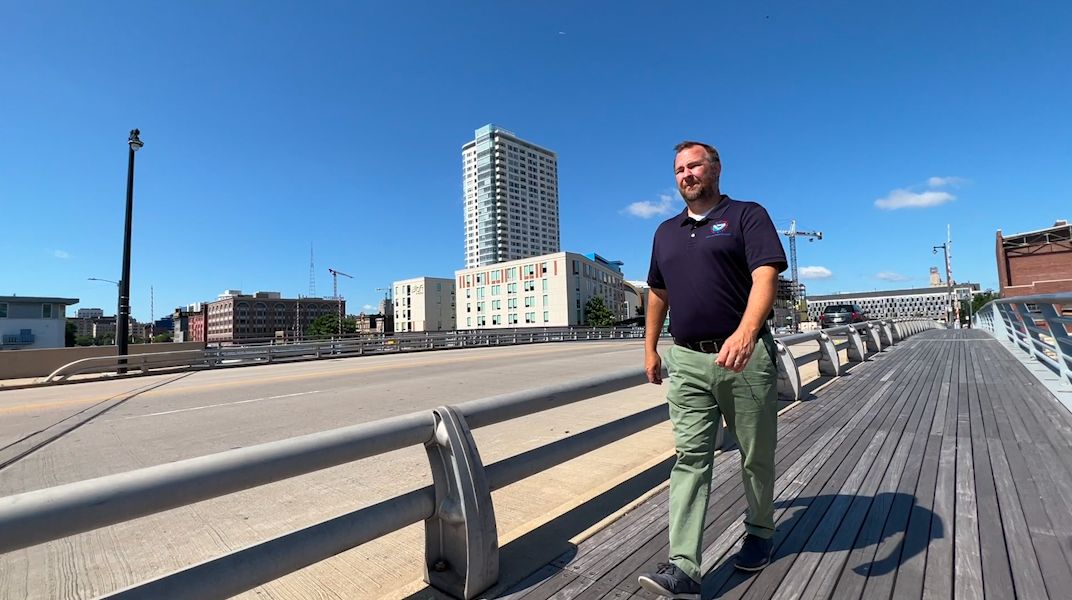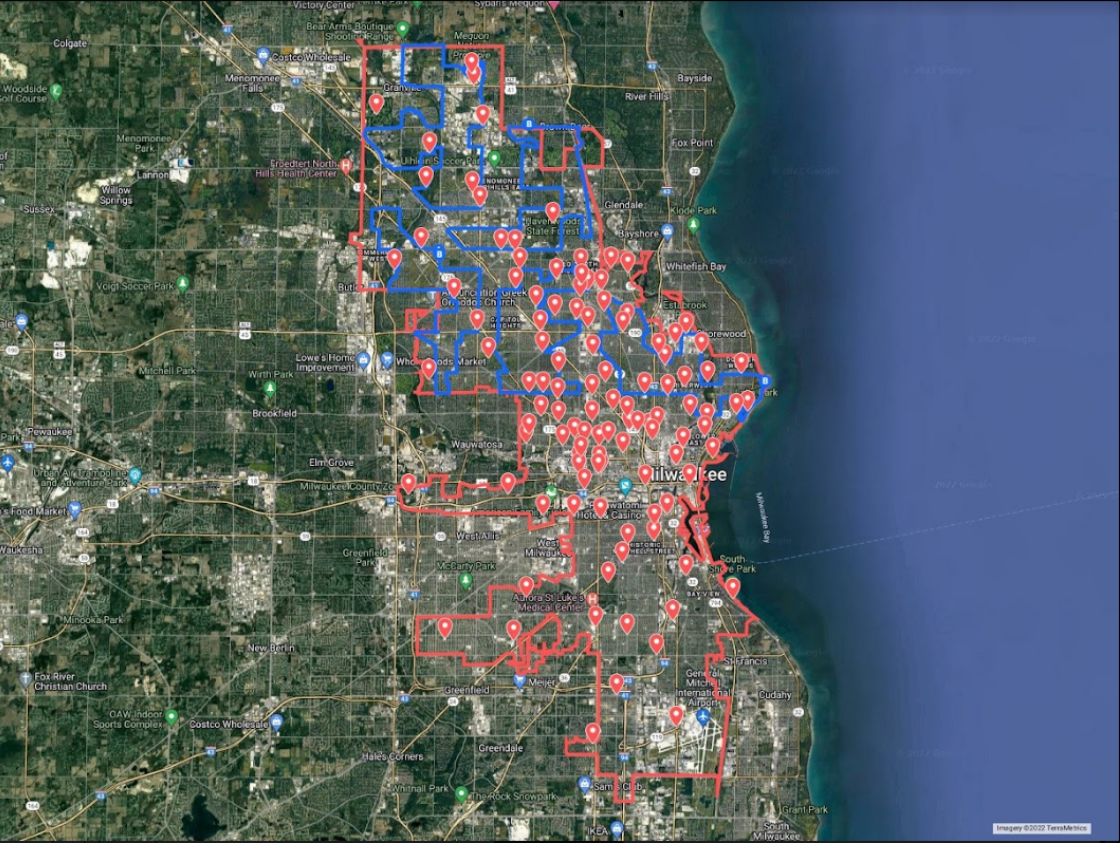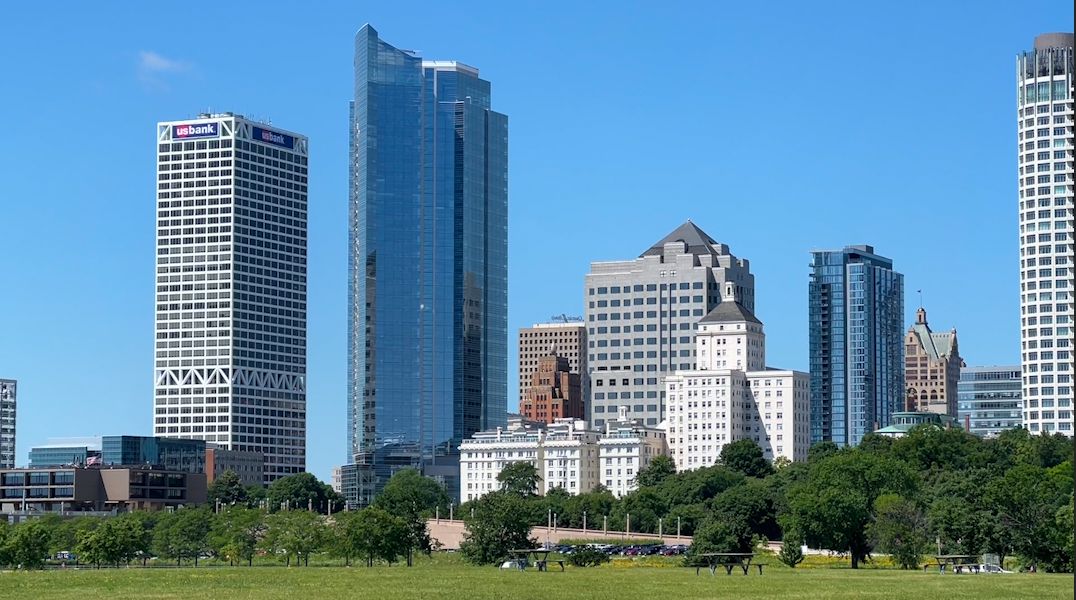MILWAUKEE — Milwaukee residents may soon see cars with devices attached to the top of them. They are a part of a hot weather study taking place this week.
The city of Milwaukee was chosen to be a part of a hot weather study. A team of volunteers will soon take to the streets to find the hottest parts of the city.
Tim Halbach works with the National Weather Service in Sullivan. He’s also been a part of planning and getting this hot weather study off the ground in Milwaukee along with a team of others, including Daniel Buckler with the Department of Natural Resources.

“This research is very important to us because we want to know about the different vulnerable populations and how they are affected by extreme weather,” National Weather Service warning coordination meteorologist Tim Halbach said. “So when we have these events, we are prepared as much as possible to keep people safe.”
The plan is to have teams of volunteer scientists drive around the city multiple times in one day. They will go out morning, mid-day, and evening and will record temperatures using a device that will be attached to the roof of their cars. They’ll be hitting spots like downtown, the lakefront, and residential areas.
“Knowing things ahead of times like what areas should we focus on to kind of say we have a heat wave coming up and these people need resources to cool water, cooling centers and things like that,” Halbach said.
The hope is to be able to pinpoint locations where the temperature is hotter and make sure resources are available in those areas to help prevent heat-related deaths during major heat waves.
“Being able to map out specifically what areas are warmer than others the city, and foresters can look at it and say this is an area we want to plant more trees to provide some more shade and bring the temperature down,” Halbach said.

The group will be out and about collecting data to potentially help save lives by bringing cooler areas to the city in the heat of summer.
Halbach said once the data is collected, they should have a better idea in the winter what areas are the hottest and need more attention in Milwaukee.




